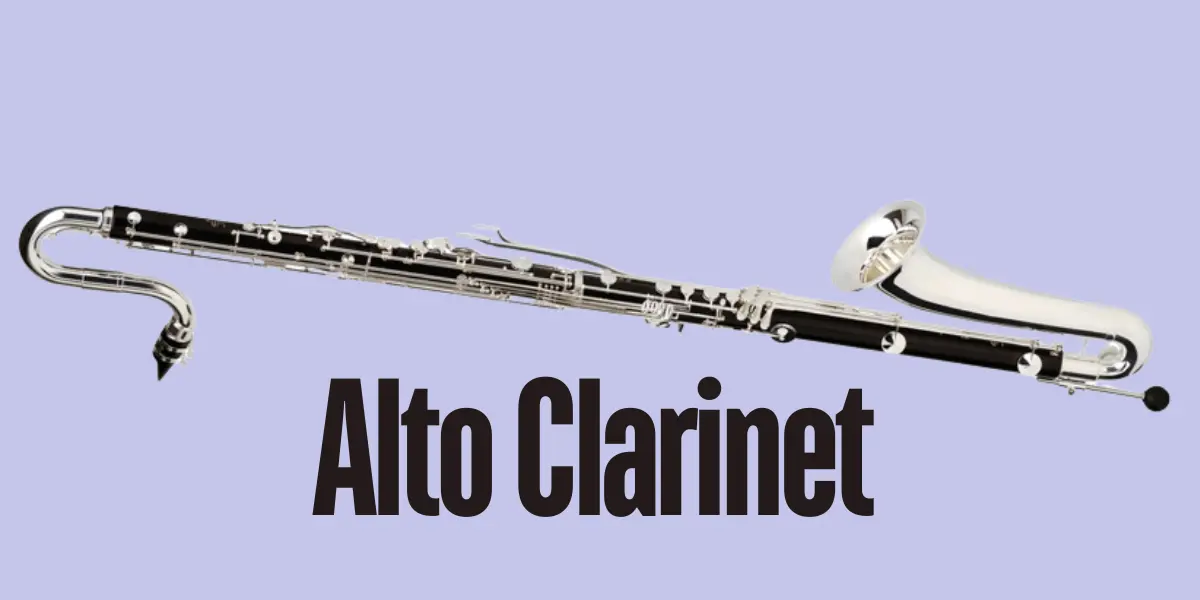The alto clarinet is a fascinating and often underappreciated member of the clarinet family. With its distinct tonal qualities and unique role within orchestral and ensemble settings, the alto clarinet holds a special place in both classical and contemporary music. This article delves into the history, construction, and significance of the clarinet, providing a comprehensive understanding of this exceptional instrument.
History of the Alto Clarinet
The alto clarinet has a rich history that dates back to the early 19th century. It was developed as part of the expanding clarinet family to fill the gap between the soprano and bass clarinets. Its creation was driven by the need for an instrument that could provide a richer, deeper sound in the middle register, complementing the higher and lower voices of the clarinet family.
Early Development and Adoption
The first alto clarinets were crafted in the early 1800s, with significant contributions from renowned instrument makers such as Adolphe Sax and Johann Christoph Denner. These early models featured simple key mechanisms and a straight body design. Over time, the instrument evolved, incorporating more complex key systems and a slightly curved neck to improve playability and intonation.
Role in Orchestral and Band Music
Throughout the 19th and early 20th centuries, the alto clarinet found its place in military bands and orchestras. Composers such as Richard Wagner and Gustav Mahler recognized the unique timbre of the alto clarinet and began incorporating it into their compositions. The instrument’s ability to blend seamlessly with other woodwinds and provide a warm, resonant tone made it a valuable addition to various musical ensembles.
Construction and Design
The alto clarinet is meticulously crafted from high-quality materials to ensure optimal sound production and durability. Understanding its construction is key to appreciating the instrument’s capabilities.
Materials Used
Most alto clarinets are made from grenadilla wood, also known as African blackwood. This dense, durable wood is prized for its ability to produce a rich, resonant sound. In some cases, alto may also be constructed from other woods such as rosewood or synthetic materials, which offer different tonal qualities and cost considerations.
Key System and Range
The alto clarinet features a complex key system that allows for precise control over its wide range. Typically pitched in E♭, the alto clarinet spans over three octaves, from E♭3 to E♭6. This range makes it versatile enough to perform both melodic lines and harmonic support within an ensemble.
Bore and Mouthpiece Design
The bore of the alto clarinet is larger than that of the soprano clarinet, contributing to its deeper, richer sound. The mouthpiece, which is similar in design to that of the soprano clarinet but slightly larger, plays a crucial role in shaping the instrument’s tone. Reeds for the clarinet are also larger, further influencing the sound production.
Playing Techniques and Repertoire
Mastering the alto clarinet requires a deep understanding of its unique playing techniques and a repertoire that showcases its capabilities.
Articulation and Breath Control
Effective articulation on the alto clarinet involves precise tongue placement and control. Players must also develop strong breath support to navigate the instrument’s wide range and dynamic capabilities. Techniques such as double-tonguing and circular breathing can enhance performance, particularly in demanding passages.
Solo and Ensemble Works
The alto clarinet boasts a diverse repertoire, ranging from solo works to complex ensemble pieces. Notable compositions include David H. Bennett’s “Concertino for Alto Clarinet” and Paul Hindemith’s “Kleine Kammermusik.” Additionally, the clarinet often features in wind quintets, concert bands, and contemporary music ensembles, highlighting its versatility and distinctive voice.
Maintaining the Alto Clarinet
Proper maintenance is essential to preserve the quality and longevity of the alto clarinet. Regular cleaning, careful handling, and routine inspections are crucial for optimal performance.
Cleaning and Care
After each practice session or performance, players should swab the interior of the instrument to remove moisture and prevent buildup. The mouthpiece and reeds should also be cleaned and stored properly to avoid damage. Periodic oiling of the key mechanisms and careful handling during assembly and disassembly are also important.
Professional Servicing
Regular check-ups by a professional technician can help identify and address any issues with the instrument. This includes checking for leaks, adjusting key alignment, and ensuring the overall health of the clarinet. Investing in professional servicing can significantly extend the lifespan of the instrument and maintain its performance quality.
Conclusion
The alto clarinet is a remarkable instrument that continues to captivate musicians and audiences alike. Its unique sound, historical significance, and versatile repertoire make it an invaluable addition to the world of music. By understanding its history, construction, and playing techniques, musicians can fully appreciate and harness the potential of the clarinet.
Read our more Blogs…

